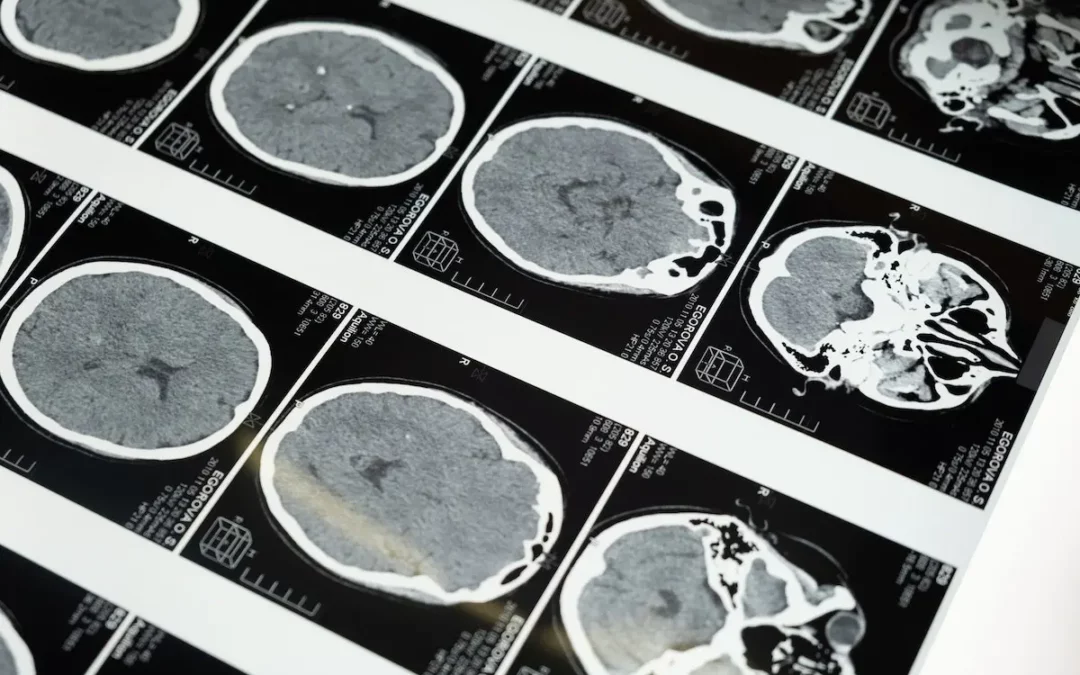In medical research, every breakthrough begins with a question. In the case of mold toxicity and its impact on brain health, recent studies have shed light on a potential answer: Hyperbaric Oxygen Therapy (HBOT). This innovative approach is showing promising signs in addressing issues arising from mold exposure, particularly in cognitive and attention-related functions.
Understanding the Study: Mold Toxicity and Cognitive Impairment
A recent study delved into the effects of mold toxins on individuals, specifically focusing on attention deficit disorder (ADD) and slowing of reaction time triggered by mold exposure. The study identified 15 subjects who exhibited these symptoms due to exposure to mold toxins. To objectively measure these impairments, researchers employed the Test of Variables of Attention (TOVA), a comprehensive tool providing quantifiable data on attention span and reaction time.
The results were striking: mold-exposed subjects demonstrated significant decreases in attention span and notable increases in reaction time compared to controls. However, after undergoing ten sessions of hyperbaric oxygen treatment (HBOT), a statistically significant improvement was observed in both these areas. This initial study suggests that HBOT could be a viable solution for individuals struggling with toxic mold exposure, offering hope for cognitive recovery and improved attention-related functions.
Unraveling the Mechanisms: How HBOT Works
The intriguing aspect of HBOT lies in its multifaceted impact on the body. When individuals are exposed to mold toxins, various neurophysiological abnormalities can occur, affecting brain functions. HBOT, in its essence, significantly increases oxygen concentration in all body tissues, even in areas with limited or blocked blood flow. This boost in oxygen supply triggers the growth of new blood vessels, enhancing circulation in regions with compromised blood flow.
Additionally, HBOT stimulates an increase in superoxide dismutase (SOD), a crucial internally produced antioxidant and free radical scavenger. This elevation in SOD levels enhances the body’s defense against oxidative stress, a common consequence of mold exposure. Furthermore, HBOT aids in infection treatment by augmenting white blood cell action and strengthening the effectiveness of germ-killing antibiotics.
Conclusion
While the current study offers preliminary insights, it opens a door to a realm of possibilities. HBOT’s potential to address cognitive impairments resulting from mold exposure could be a game-changer. Importantly, the study’s findings emphasize the need for further research, including controlled, randomized, double-blind experimental studies. These rigorous studies will provide a deeper understanding of HBOT’s therapeutic capabilities and pave the way for more targeted and effective treatments.
In essence, HBOT stands as a beacon of hope for those grappling with mold-related brain issues. Its low-risk profile, relative affordability, and significant, measurable benefits make it a compelling option. As the research continues to unfold, the prospect of a brighter, cognitively enhanced future for individuals affected by mold toxicity becomes increasingly tangible. The journey toward comprehensive healing may have just found a new path, illuminated by the potential of hyperbaric oxygen therapy.
Source
Ezra, N. (2010. October 27). Improvement of attention span and reaction time with hyperbaric oxygen treatment in patients with toxic injury due to mold exposure. National Library of Medicine. https://www.ncbi.nlm.nih.gov/pmc/articles/PMC2998645

